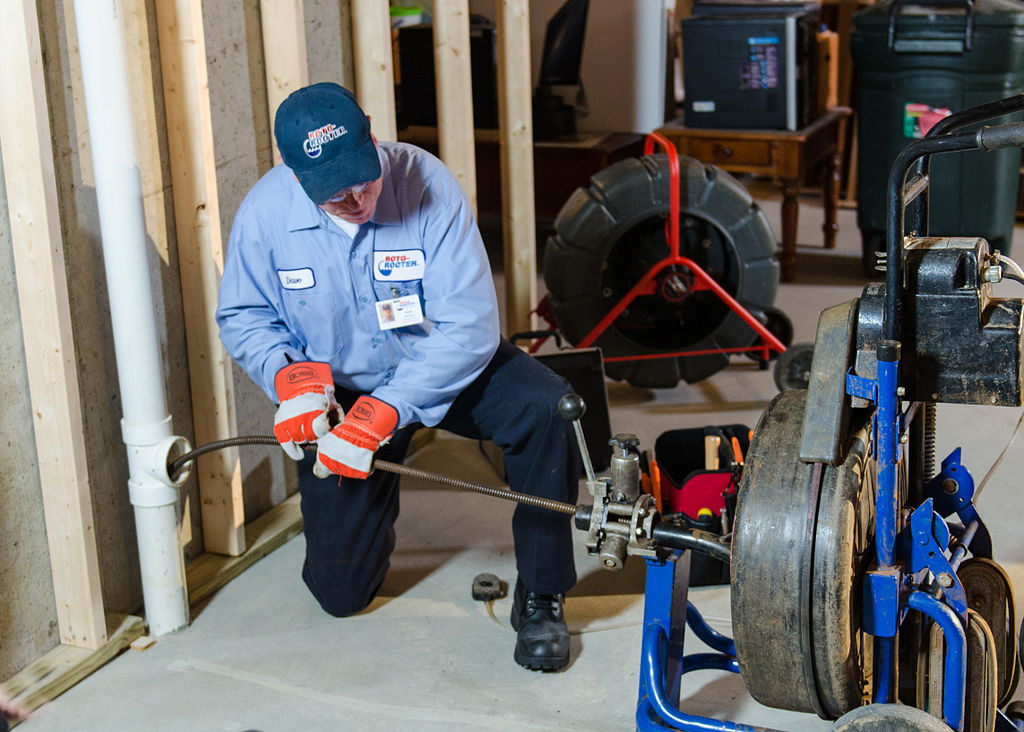Understanding Water Damage: Prevention, Detection, and Recovery
Water damage represents one of the most costly and destructive issues homeowners face today. Beyond immediate structural concerns, water intrusion can lead to mold growth, electrical hazards, and long-term property value decline. Understanding the complexities of water damage helps property owners make informed decisions about protection, detection, and restoration strategies.

Water damage affects millions of homes annually, causing billions in property losses and creating long-lasting problems for homeowners. From minor leaks that go unnoticed for months to catastrophic flooding events, water intrusion can transform a safe, comfortable living space into a costly repair project. Understanding the nature of water damage, its causes, and effective response strategies empowers property owners to protect their investments and maintain healthy living environments.
Signs of Water Damage in Your Home
Identifying water damage early can prevent minor issues from becoming major disasters. Common indicators include discolored patches on walls or ceilings, often appearing as yellow, brown, or dark stains that expand over time. Peeling paint or wallpaper frequently signals moisture problems behind surfaces, while warped or buckling flooring materials indicate water penetration beneath.
Musty odors often accompany hidden water damage, particularly in basements, crawl spaces, or areas with poor ventilation. Visible mold growth, especially in corners or along baseboards, suggests ongoing moisture issues that require immediate attention. Additionally, unexplained increases in water bills may indicate hidden leaks within plumbing systems.
Preventing Water Damage Through Regular Maintenance
Proactive maintenance significantly reduces water damage risks and associated costs. Regular inspection of plumbing fixtures, including faucets, toilets, and water heaters, helps identify potential problems before they cause significant damage. Checking and cleaning gutters ensures proper water drainage away from your home’s foundation.
Maintaining proper grading around your property directs surface water away from structural elements. Installing water detection devices near appliances like washing machines, dishwashers, and water heaters provides early warning of leaks. Regular HVAC system maintenance prevents condensation buildup that can lead to moisture problems in walls and ductwork.
Emergency Response to Water Leaks
Quick action during water emergencies minimizes damage and reduces restoration costs. The first step involves shutting off the water source, whether at individual fixtures or the main water supply line. Immediately removing standing water using pumps, wet vacuums, or professional extraction equipment prevents further absorption into building materials.
Documenting damage through photographs supports insurance claims and helps restoration professionals assess the situation. Moving valuable items and furniture away from affected areas prevents additional losses. Contacting your insurance company promptly initiates the claims process and may provide guidance on approved restoration contractors.
Professional Water Damage Restoration Services
Professional restoration services provide expertise and equipment necessary for thorough water damage remediation. Certified technicians assess damage severity, categorize water contamination levels, and develop comprehensive restoration plans. Industrial-grade dehumidifiers and air movers accelerate drying processes that might take weeks using household equipment.
Restoration professionals also handle mold prevention through antimicrobial treatments and proper moisture control. They coordinate with insurance companies, providing detailed documentation and estimates that streamline claims processing. Many companies offer 24-hour emergency services, responding quickly to minimize damage progression.
| Service Type | Provider Examples | Cost Estimation |
|---|---|---|
| Water Extraction | ServPro, Restoration 1 | $3-7 per square foot |
| Structural Drying | Paul Davis, Rainbow International | $2-4 per square foot |
| Mold Remediation | Steamatic, DKI Services | $500-6,000 per project |
| Complete Restoration | ServiceMaster, BELFOR | $1,000-15,000+ per project |
Prices, rates, or cost estimates mentioned in this article are based on the latest available information but may change over time. Independent research is advised before making financial decisions.
Long-term Impact of Water Damage
Untreated water damage creates cascading problems that worsen over time and increase repair costs exponentially. Structural elements like wooden framing, subflooring, and drywall lose integrity when exposed to prolonged moisture, potentially requiring complete replacement rather than simple repairs. Mold growth begins within 24-48 hours of water exposure, creating health hazards and requiring specialized remediation.
Property values suffer when water damage history becomes known to potential buyers, even after professional restoration. Insurance premiums may increase following claims, and some policies exclude coverage for recurring water damage in previously affected areas. Electrical systems exposed to water pose ongoing safety risks and may require complete rewiring to meet safety codes.
Understanding water damage prevention, detection, and recovery processes helps homeowners protect their properties and respond effectively when problems arise. Regular maintenance, quick emergency response, and professional restoration services work together to minimize both immediate damage and long-term consequences. Investing in preventive measures and maintaining awareness of potential warning signs ultimately saves money and preserves property value while ensuring safe, healthy living environments.




